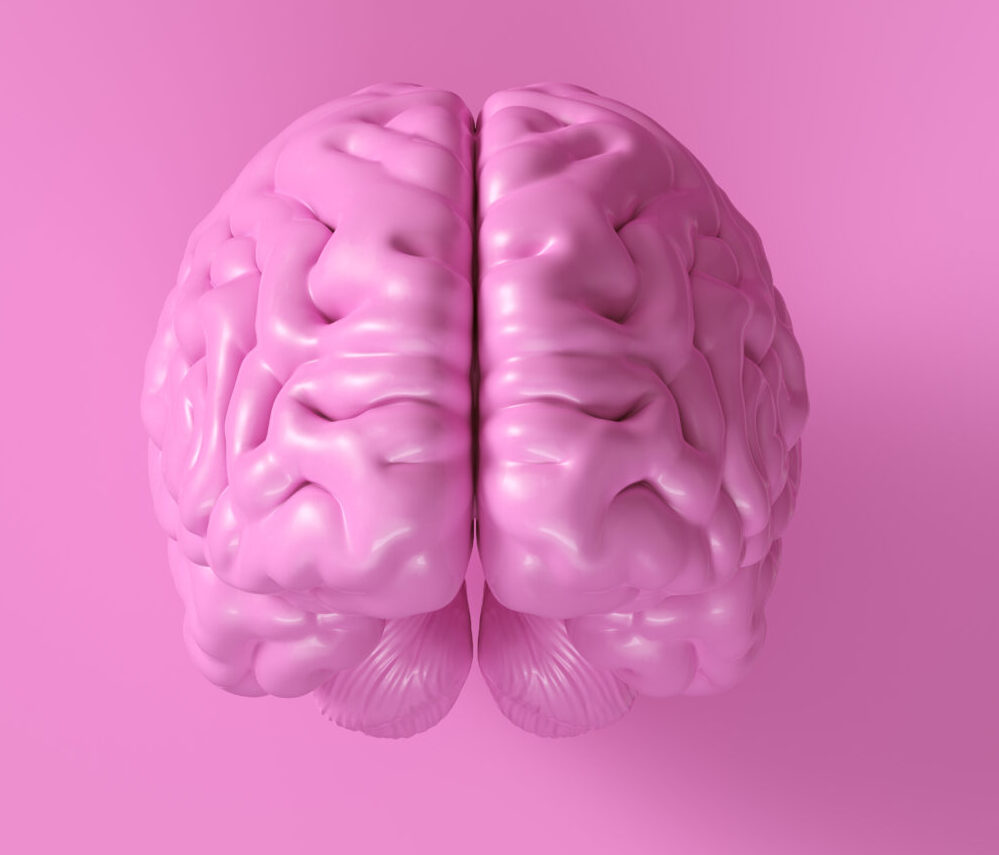Transformative Technologies in Alzheimer’s Diagnosis
### Transformative Technologies in Alzheimer’s Diagnosis
Alzheimer’s disease is a complex condition that affects millions of people worldwide. Diagnosing it early is crucial for effective treatment and management. In recent years, transformative technologies have emerged to improve the diagnosis and treatment of Alzheimer’s disease. Here, we explore some of these innovative approaches.
#### Biomarkers: The Key to Early Detection
Biomarkers are substances in the body that can indicate the presence of a disease. For Alzheimer’s, biomarkers like amyloid PET scans and spinal fluid (CSF) testing help identify proteins associated with the disease. These tests are essential for guiding immunotherapy management and providing diagnostic clarity. Blood-based biomarkers, such as p-TAU 217, are also being developed as screening tools for early disease detection[1].
#### Precision Medicine: Tailored Treatments
Precision medicine involves tailoring treatments to an individual’s specific needs. In Alzheimer’s care, precision medicine is becoming increasingly important. Advanced imaging studies like tau PET show promise in predicting clinical progression and identifying patients eligible for tau-targeting therapeutics. Genetic testing, particularly ApoE testing, helps identify disease risk and potential side effects of new medications[1].
#### Virtual Reality and Artificial Intelligence: New Diagnostic Tools
Virtual reality (VR) and artificial intelligence (AI) are being explored for their potential in identifying preclinical cognitive markers of Alzheimer’s disease. VR can simulate real-world environments, allowing for the evaluation of subtle cognitive deficits that might be missed in traditional assessments. AI algorithms can analyze multidimensional data, integrating biomarkers, cognitive data, and behavioral patterns to provide early diagnostic insights[2].
#### Machine Learning: Deep Learning for Early Detection
Machine learning, particularly deep learning, has shown significant promise in detecting Alzheimer’s disease early. Techniques like convolutional neural networks (CNNs) and recurrent neural networks (RNNs) have achieved high accuracy rates in classifying Alzheimer’s disease and predicting mild cognitive impairment (MCI) conversion. These methods analyze high-dimensional data, identifying intricate structures that conventional methods might miss[5].
#### Focused Ultrasound: Non-Invasive Treatment
Focused ultrasound is a non-invasive technique that uses precise stimulation to enhance cognition in Alzheimer’s patients. This method, developed by Dr. Kullervo Hynynen and his team at Sunnybrook Research Institute, offers a promising therapeutic approach. The technology is unique in its ability to operate without external image guidance, making it more accessible for use in non-hospital settings. A recent $14 million equity financing will support advanced research on this technology, aiming to establish its safety and feasibility in clinical trials[4].
#### Advanced Biomarkers: Predicting Brain Amyloidosis
Researchers are also exploring advanced biomarkers to predict brain amyloidosis, a hallmark of Alzheimer’s disease. Studies using single molecule array (SIMOA) technology have shown that a combination of biomarkers like amyloid beta (Aβ) 40, Aβ 42, tau (T-Tau), phosphorylated tau (ptau-181), and neurofilament light chain (Nf-L) can predict amyloidosis with high accuracy. These findings highlight the importance of personalized biomarker analysis for early diagnosis[3].
In conclusion, transformative technologies are revolutionizing the diagnosis and treatment of Alzheimer’s disease. From biomarkers and precision medicine to virtual reality, artificial intelligence, machine learning, and non-invasive treatments like focused ultrasound, these innovations hold great promise for improving patient outcomes. As research continues to advance, we can expect even more effective and personalized approaches to managing this complex condition.





